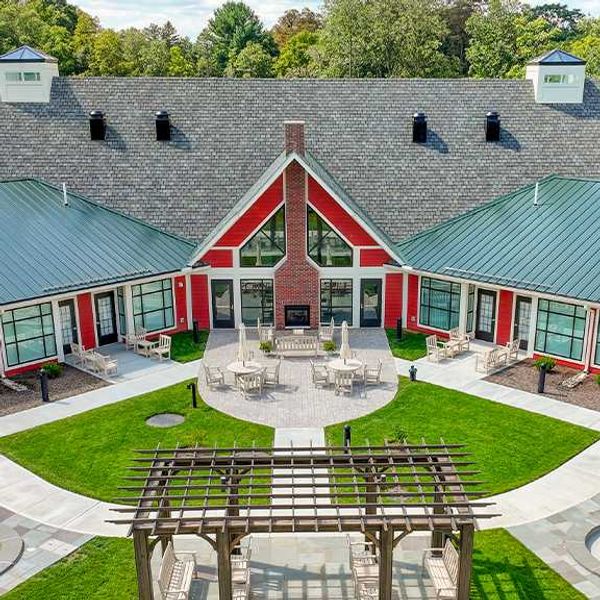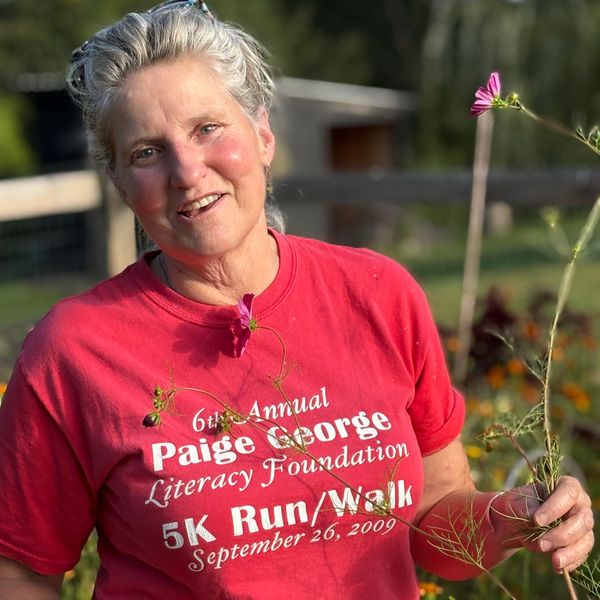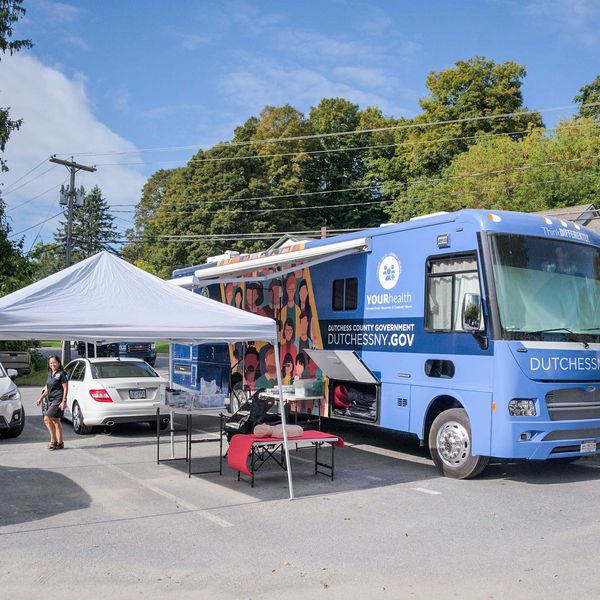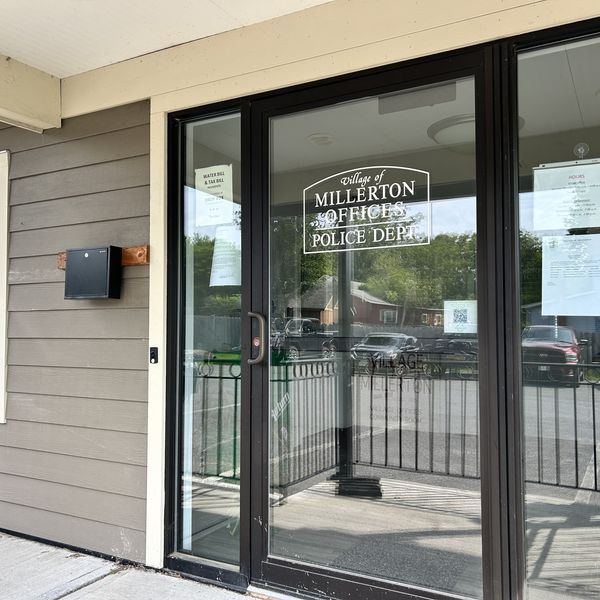Tropical Storm Isaias hits the Harlem Valley
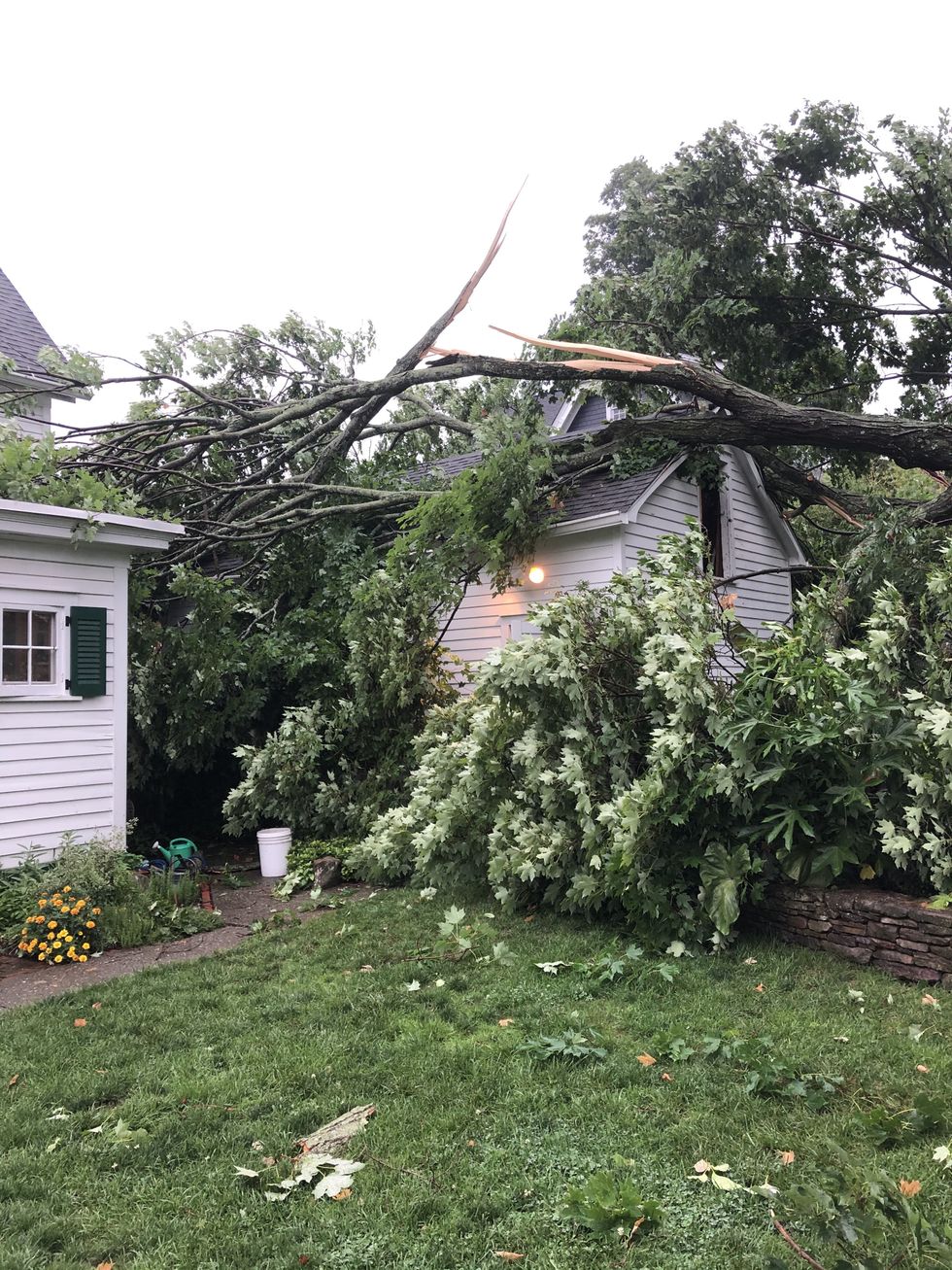
Millbrook interior designer Ashley Lempka took a photo of an old maple tree that split in half and fell on top of her garage at her home in the village of Millbrook on Tuesday, Aug. 4, during Tropical Storm Isaias.
Photo by Ashley Lempka

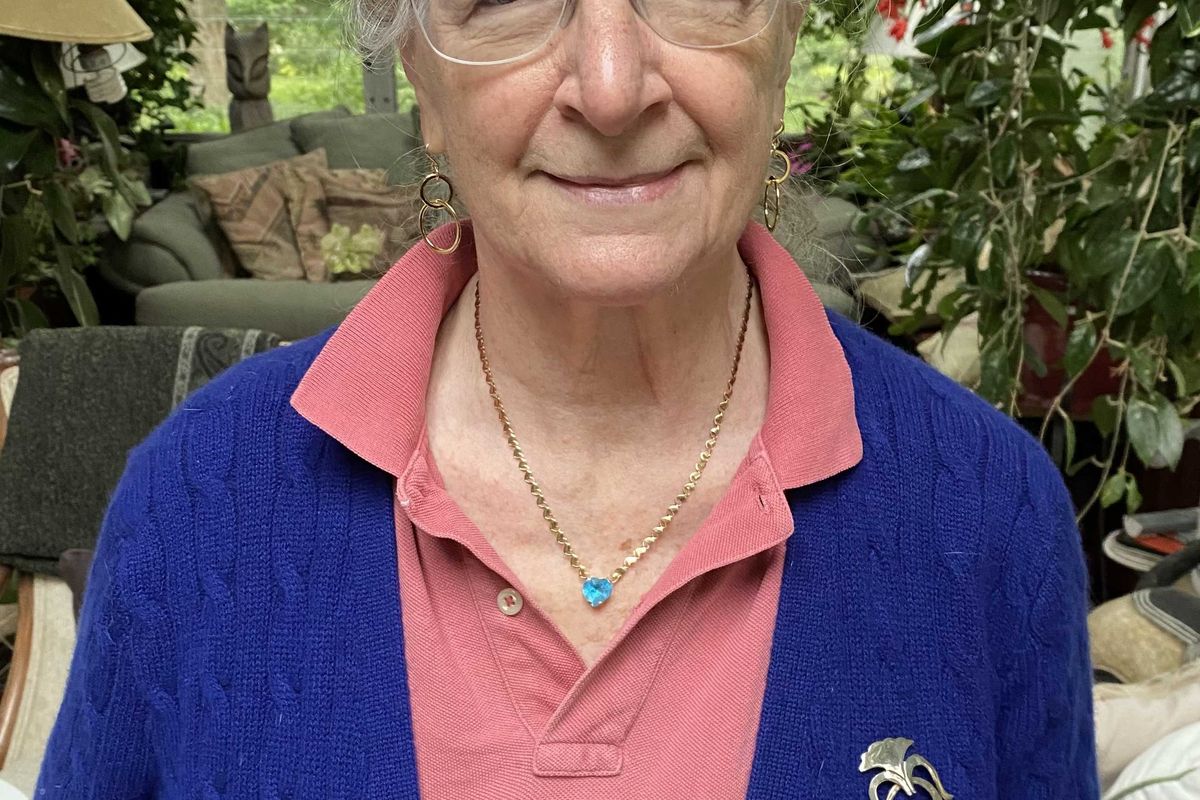
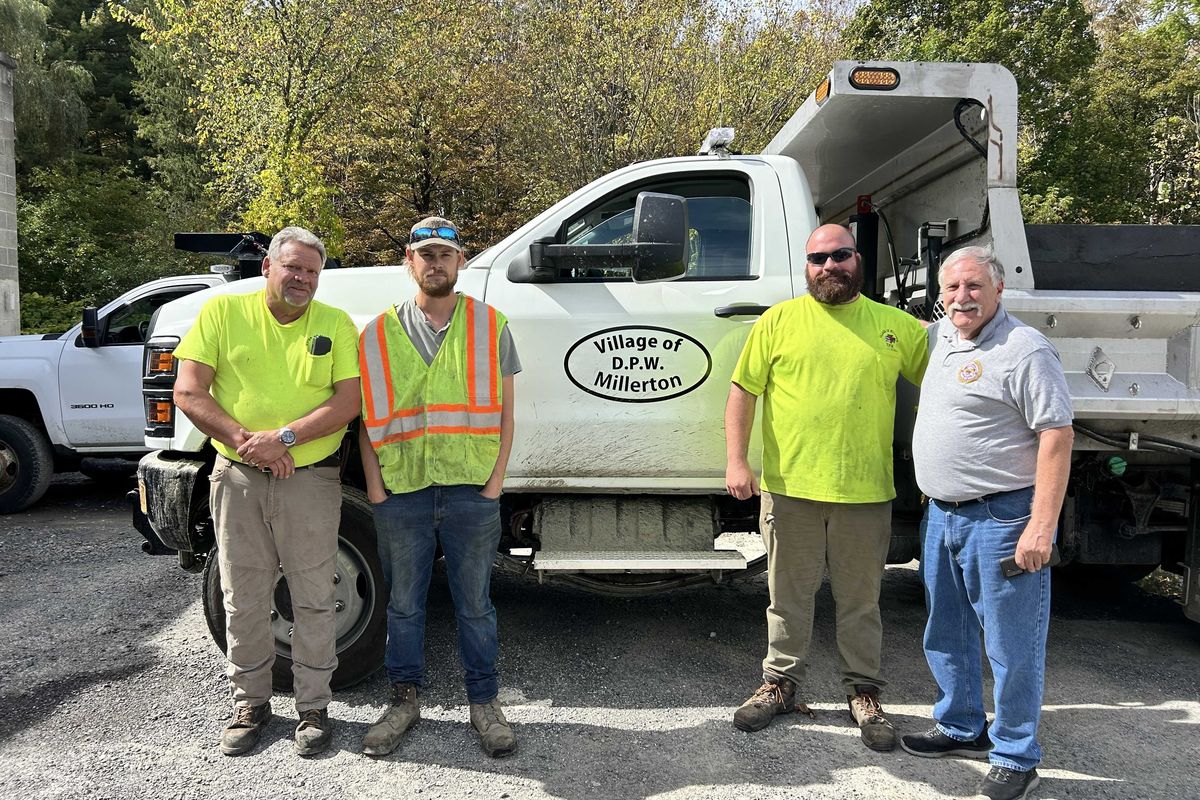

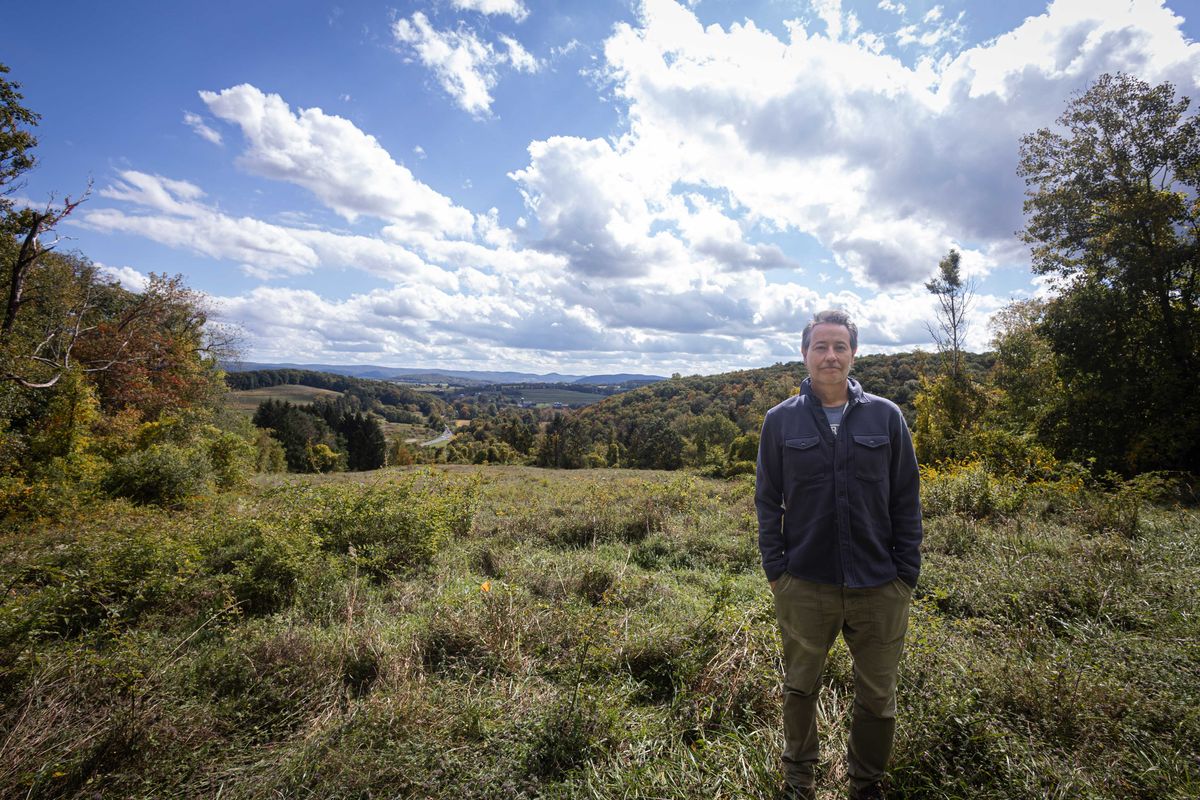
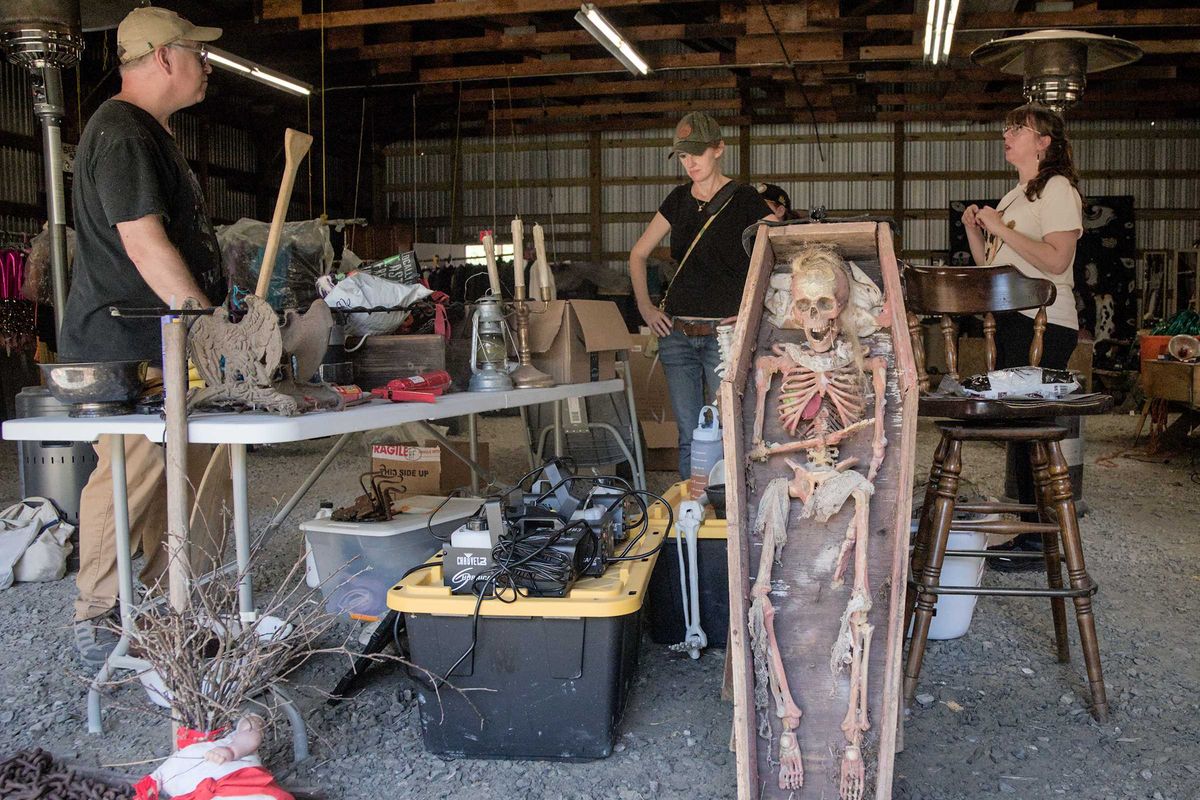

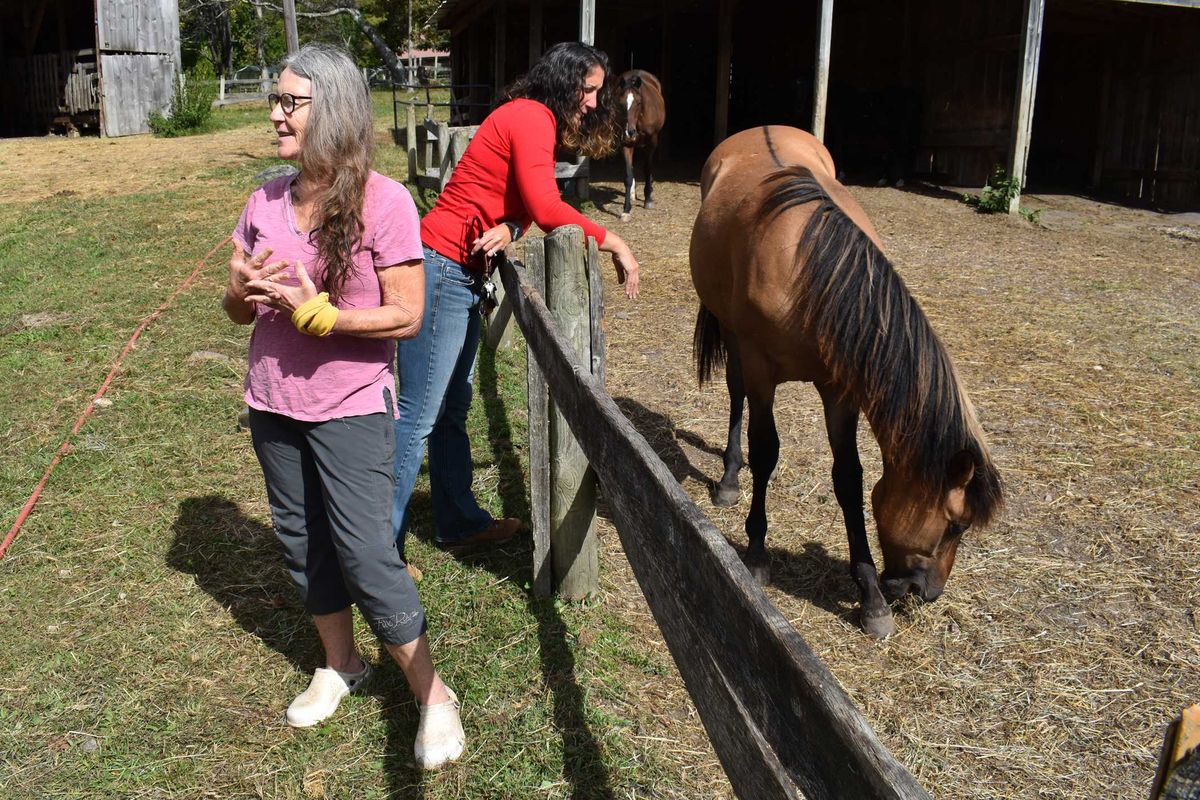
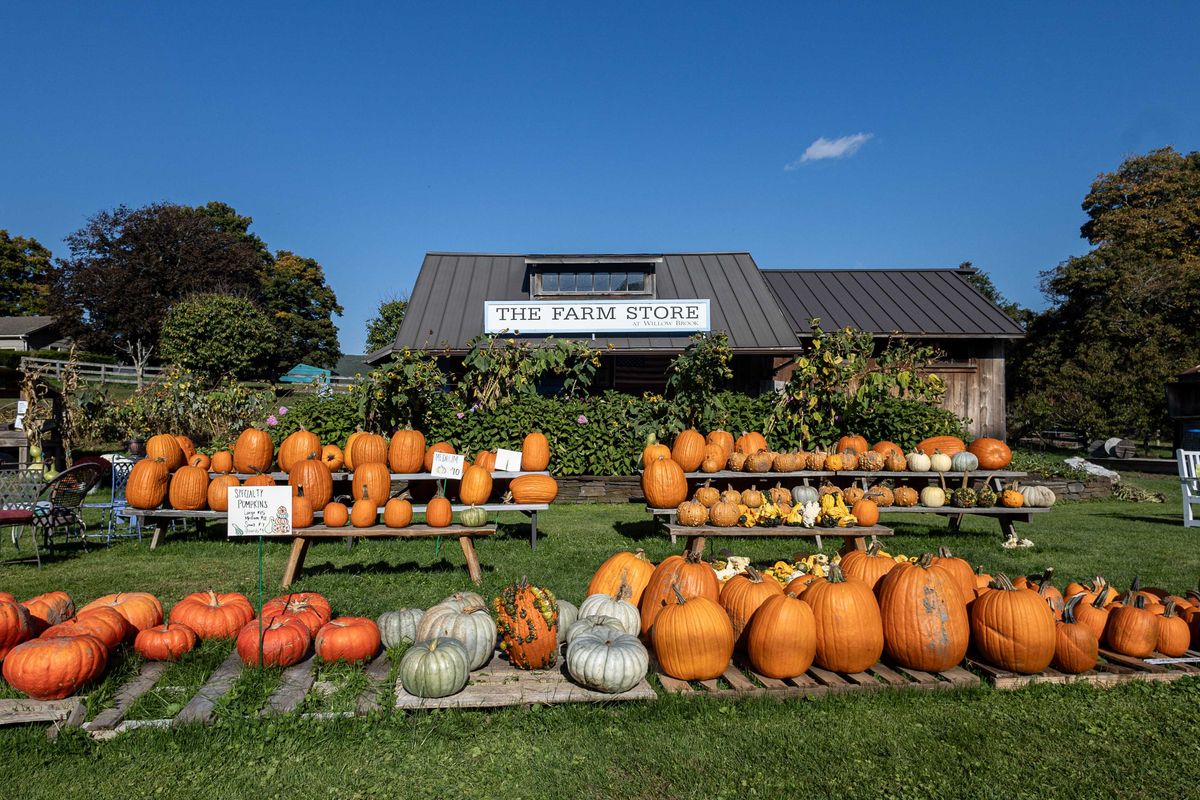

 One of the two guest bedrooms at East Mountain House, with a hospital bed, television, and Lucy the dog being helpful on the couch.Patrick L. Sullivan
One of the two guest bedrooms at East Mountain House, with a hospital bed, television, and Lucy the dog being helpful on the couch.Patrick L. Sullivan